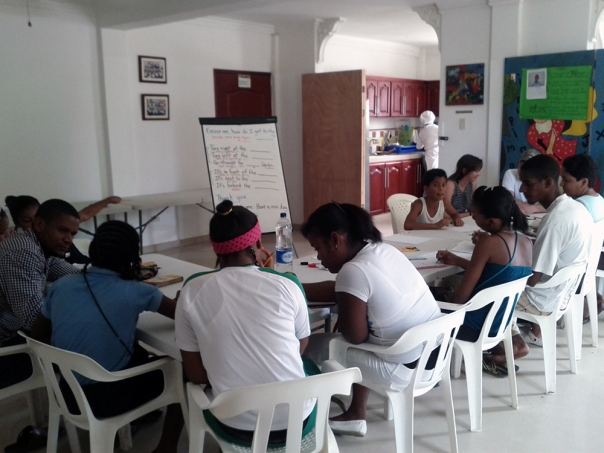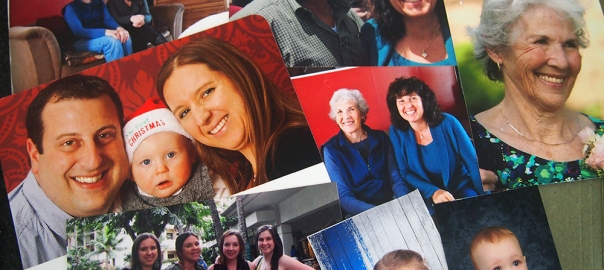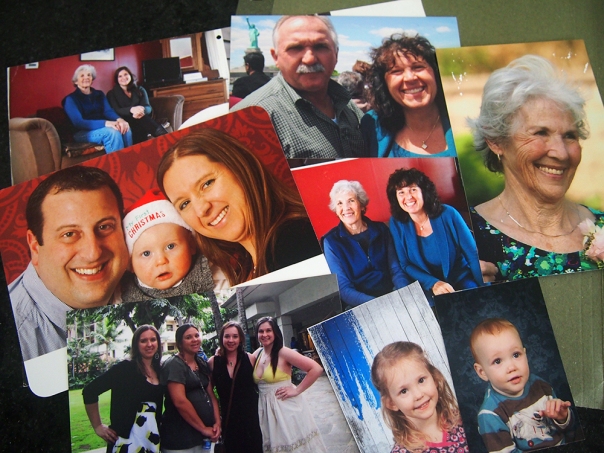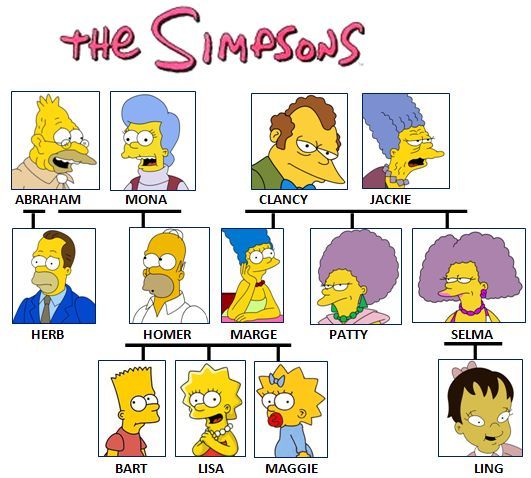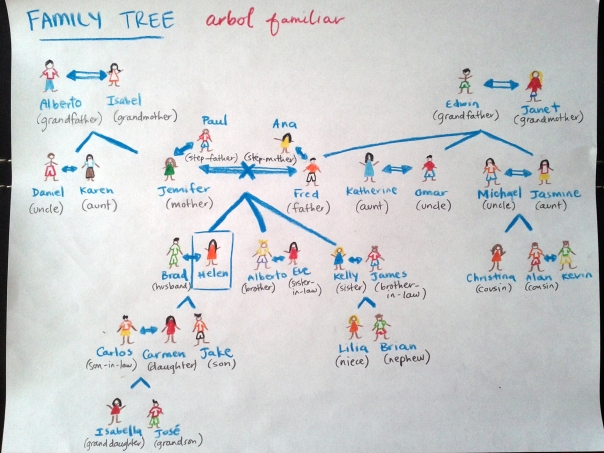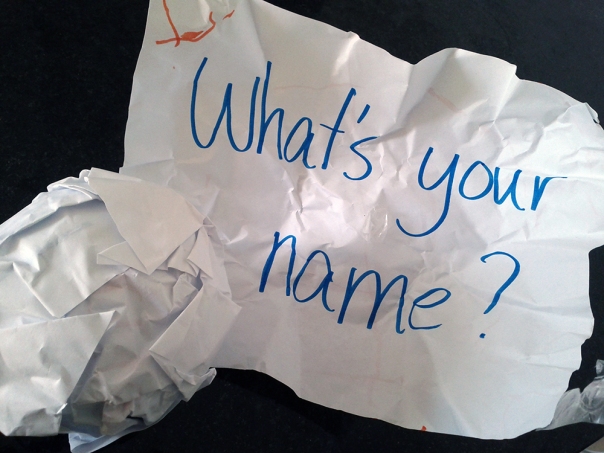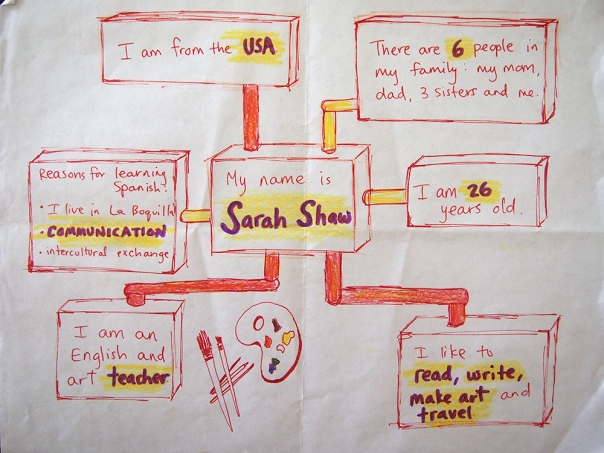Students will learn how to navigate through a city or town by learning directional verbs and vocabulary for places in a community. This lesson focuses on speaking and listening. It can be used in beginner–intermediate adult community classes or high school conversation clubs. At the end of the lesson, students should be able to ask “How do I get to the ___?” and answer the question by using a map as a reference.
Time: 1–1.5 hours
Materials:
- device to play audio file (phone, i-pod, etc)
- speakers
- white board
- board markers
- paper
- markers
- colored pencils
Vocabulary / Key Phrases:
*Cha Cha Slide phrases
- clap your hands
- to the left
- to the right
- take it back
- one hop this time
- right foot, let’s stomp
- left foot, let’s stomp
- turn it out
- slide to the left
- slide to the right
- criss-cross
- reverse
- hands on your knees
- freeze
~Questions and Directions
- How do I get to the _(place)_? // ¿Como puedo llegar al _(lugar)_?
- Turn right at the _(place)_. // Dobla a la derecha al _____.
- Turn left at the _(place)_. // Dobla a la izquierda al _____.
- Go straight for _# blocks. // Sigue derecho por _#_ cuadros.
~Prepositional Phrases
- It’s in front of the _(place)_. // Queda en frente del ____.
- It’s next to the _(place) . // Queda al lado del ____.
- It’s behind the _(place) . // Queda detrás del ____.
- …
~Places in a city
- street // calle
- alley // callejón
- park // el parque
- high school // el colegio
- post office // la oficina de correos
- church // la iglesia
- …
Dialogue:
Person A: Excuse me, how do I get to the _(place)_?
Person B:
- Turn right at the ______.
- Turn left at the ______.
- Go straight for _#_ blocks.
- It’s in front of the ____.
- It’s next to the ____.
- It’s behind the ____.
Person A: Thank you.
Person B: You’re welcome. Have a nice day.
Person A: You too!
Lesson:
- Converse with students as they enter the classroom. “How are you today? How was your weekend?” etc. Perhaps bring some food to share. (5 minutes)
- Cha Cha Slide song and dance: Write the phrases from the song on the white board, say the phrases, have the students repeat, and demonstrate the movements. Listen to the song once together, and point to the phrases on the board. Listen for a second time, and dance together. (20 minutes)
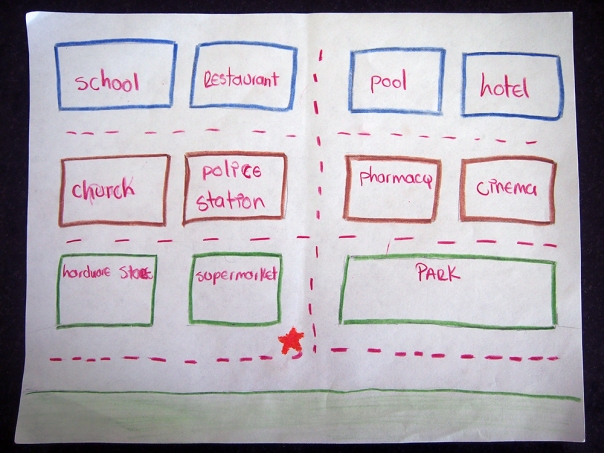
- Present a hand-drawn map. Test the students’ prior knowledge by asking how to get somewhere on the map. (5 minutes)
- Write the directional verbs and phrases on the board. Ask the students to repeat. Demonstrate with the map and with movements around the room. Example: “How do I get to the table? Turn left and walk straight…” (5-10 minutes)
- Brainstorm places in a city. Example: park, school, church, etc. (5-10 minutes)
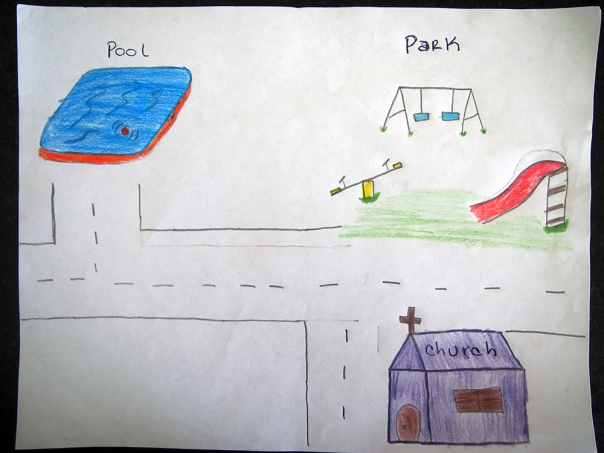
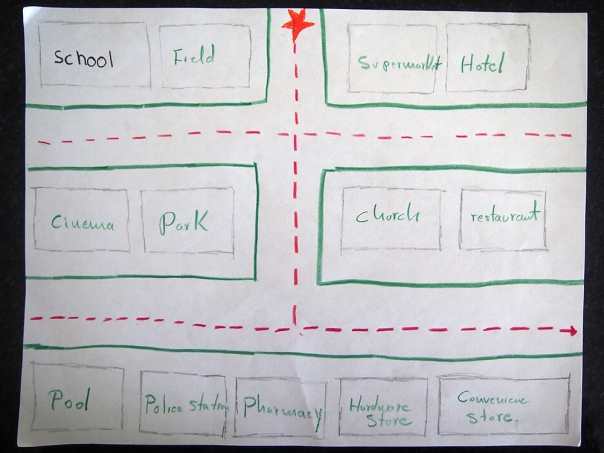
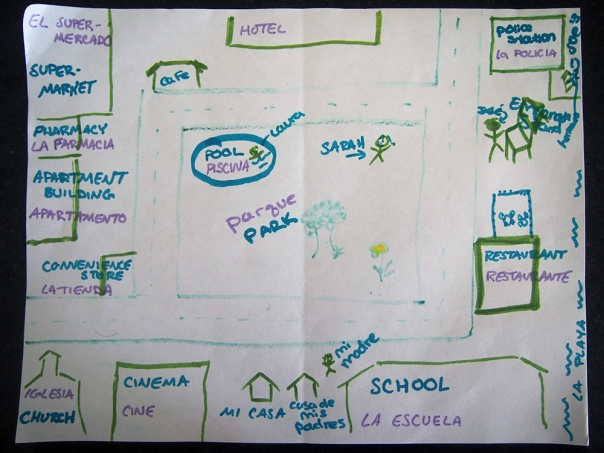
- In pairs, students make their own maps, and label all the places. (20 minutes)
- Again, in pairs, students practice the dialogue, changing roles and the locations where they’re trying to go. (10 minutes)
- The students present their dialogue in front of the class. (10 minutes)
- To assess their knowledge, the teacher asks each student how to get somewhere on one of the maps. (5 minutes)
- “Goodbye! See you next week.” Clean up. (5 minutes)

